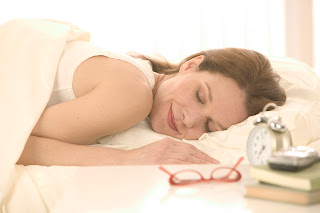Sleep Measuring Tools

The following instruments are used by scientists to measure sleep in humans. 1. EEGs (electroencephalograms) - This machine is used by the scientists to study electrical changes in the brain through electrodes and the data is represented by graphs as per their frequencies and termed as ‘waves’. 2. EOGs (electrooculograms) - The scientists use electrodes on the skin near the eye to measure changes in voltage as the eye rotates in its socket. 3. EMGs (electromyograms) - The scientists when using this technique, place electrodes on the skin overlaying a muscle. In practice, EEGs, EOGs, and EMGs are recorded simultaneously on continuously moving chart paper or digitized by a computer and displayed on a high-resolution monitor. This allows the relationships among the three measurements to be seen immediately and the studying these data scientists decipher the sleeping pattern in human beings. Five stages of sleep 1. First Stage - In this stage eye and muscle movements are slow. ...


